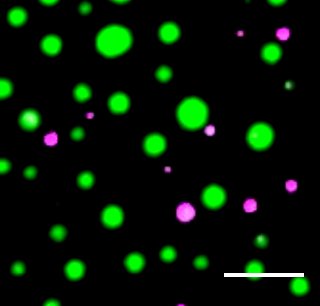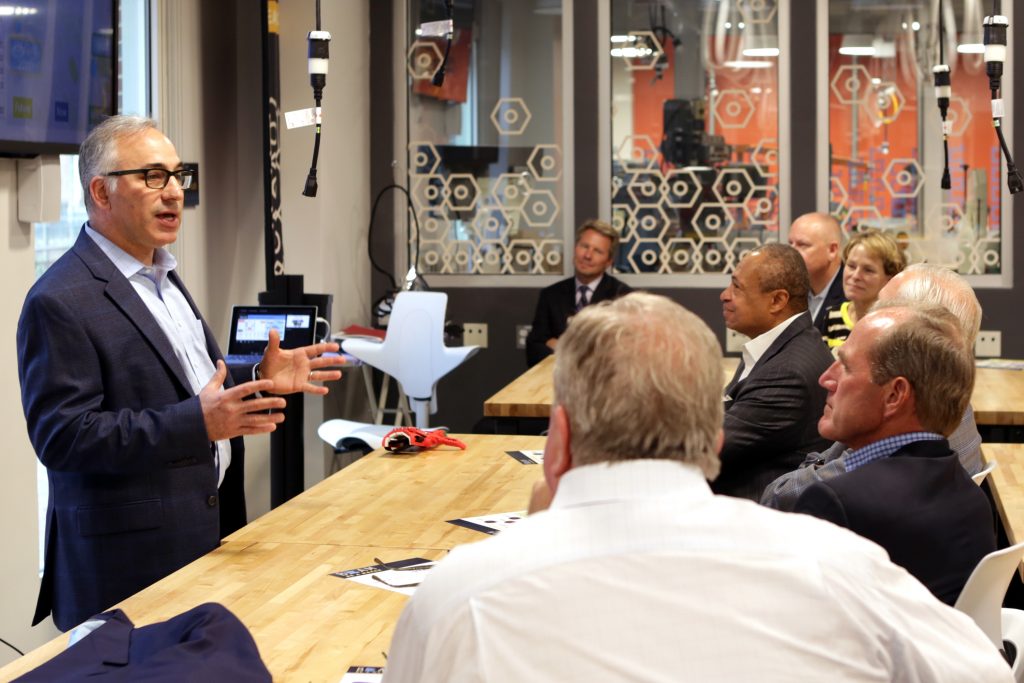
You’d like to bike downtown for your job, to go shopping or to attend an event. Those first few blocks near home seem safe enough, but you get a bit worried when traffic gets heavier. It turns out, you’re not alone in how traffic stress affects your willingness to bicycle. Center for Urban and Regional Studies researcher Brian J. Morton has developed a tool that will help town planners design more cyclist-friendly networks around signature places in their community.
In a recent study for the Southeastern Transportation Research, Innovation, Development and Education Center (STRIDE), Morton used an open-source software package to create an easy-to-use travel demand model for use by planners working in towns and small cities. Morton’s goal was to build a product that predicts demand for bicycle travel by “interested but concerned” cyclists. Called Bike&Place, Morton’s tool helps planners increase bicycle accessibility.
Roger Geller, bicycle coordinator for Portland, Oregon, created a typology of four kinds of cyclists: strong and fearless; enthused and confident; interested but concerned; and “no way no how.” In a national survey, participants were categorized into those four types in the following percentages: 7 percent; 5 percent; 51 percent; and 37 percent. The 51 percent of “interested but concerned” noted that they “like riding a bicycle…and they would like to ride more. But, they are afraid to ride….Very few of these people regularly ride bicycles… [and they] will not venture out onto the arterials to the major commercial and employment destinations they frequent.…They would ride if they felt safer on the roadways — if cars were slower and less frequent, and if there were more quiet streets with few cars and paths without any cars at all.”
Three small towns in Mississippi were used to develop and test Bike&Place. In Houston, Mississippi (population 3,623), Bike&Place estimates that less than 2 percent of the town’s residential neighborhoods have bicycle access to Courthouse Square, one of the town’s focal points. With an improved network, bicycle access to Courthouse Square could increase to 83 percent.
Morton hopes Bike&Place will make it easier for planners to map traffic stress problem areas and find solutions to make biking less stressful for the large numbers of interested but concerned cyclists and increase the likelihood that they will bike to important community locations. The project report, “Bike&Place: A New Tool for Designing Active, Place-Making Transportation Networks – An Exploratory Study,” provides detailed instructions on how to adapt Bike&Place to other places. For more information on using this tool, contact Morton here.
Editor’s Note: On June 28, 2017, Morton gave a Bike&Place presentation at the 2017 National Regional Transportation Conference in Denver, CO, sponsored by the National Association of Development Organizations.
Story courtesy of the Center for Urban and Regional Studies




